Top 5 UNESCO World Heritage Sites in India
India is a country known for its constructions, monuments, and advanced technology in the past. For those looking to expose themselves to the vast cultural and geographical history of India, you might want to look into the Top Five Indian UNESCO World Heritage Sites.
Right now, there are 30 of these sites, but here are the best ones that visitors would want to look at first.
Taj Mahal
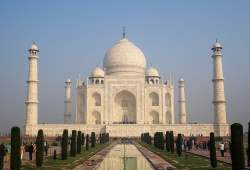
This one is doesn’t need much introduction, since it’s one of the most popular tourist destinations in the world. Found in the City of Agra, this masterpiece was constructed by Shahjahan to honor his wife Mumtaz Mahal. Today, it attracted millions of tourists every year.
It was designated a UNESCO World Heritage Site in 1983 for its amazing architecture and artistic layout, surrounded by beautiful gardens for the world to see.
Humayun’s Tomb
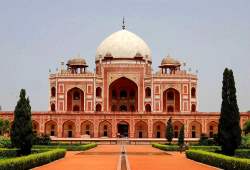
In Delhi lies the first tomb to have ever been built with various innovations. Known for being the final resting place of 150 members of the royal family, the tomb is built with a double domed elevation, various water channels, a pavilion, and a bath. Even before it was declared a UNESCO World Heritage Site in 1993, it was already known as the “necropolis of the Mughal Dynasty”.
Another interesting fact is that Humayun’s Tomb was built a century before they began constructing the Taj Mahal.
Qutub Minar
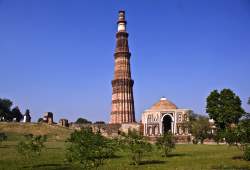
Delhi is also home to the tallest minaret in India, the Qutub Minar. It is made of marble and sandstone, and is the centerpiece of a huge complex where various monuments are found. Together, these monuments formed part of the UNESCO World Heritage Site that was enlisted in 1993.
Other structures in the complex include the Alai Darwaza gate, the iron pillar tomb of Iltumish, the Qubbat-ul-Islam Mosque, which is the oldest in India, and many others that contribute to the memory of Islamic depredations in the past. Overall, what made this place such a gem was its excellent demonstration of Indian art and architecture.
Red Fort
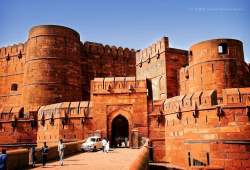
Also known as the Lal Qil’ah, this is known as the oldest fort in India, and is located north of Delhi. The complex was built way back in the 17th century and was made the capital of Shahjahanabad. It is the symbol of the Mughal’s rule and is one of the most valuable Mughal architectural structures for its creative and aesthetic design.
Inside the fort complex is a palace, which comprises of marble pavilions and includes features like the “Stream of Paradise”, a series of water channels, as well as a private audience hall. This architectural magnificence was finally recognized as a UNESCO World Heritage Site in 2007.
Ajanta Caves
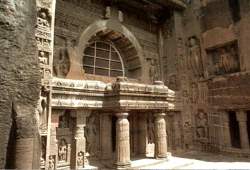
These are actually Buddhist caves, which were built in two parts. The first phase took place in 2nd century BC while the second phase, where various additions were made, took place during the Gupta period, roughly in the 5th and 6th centuries AD.
These caves are known for their beautiful paintings, sculptures, and frescoes. Overall, the unique representation of Buddhism was what made this 31 rock-cut structure a UNESCO World Heritage Site since 1983.
















